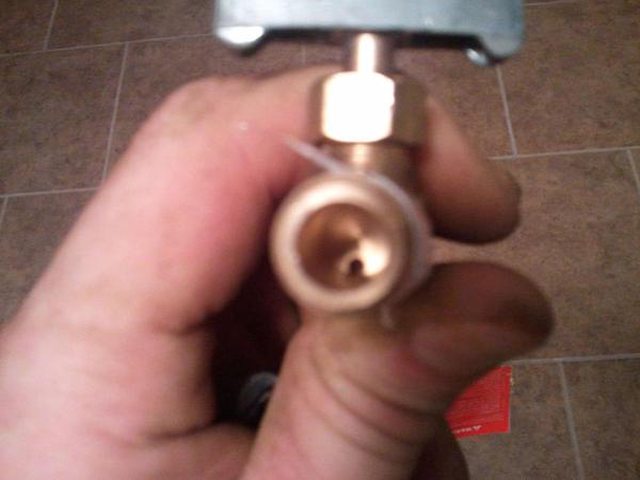kdchampion
Member
Hey, I'm looking for some advice or experience of others to figure out if I have a problem with my brutus set-up. I'm using BG14 burners for both HLT and MT, each burner is controlled by a LOVE temperature controller, honeywell solenoid with a standing pilot, marshall low pressure regulator, and low pressure orifice valve from brewershardware.com. A few questions or concerns:
1. My flames don't seem to be incredibly strong when one burner is running. The burner is pretty quiet and the flames are only about 1" tall at most. Is this typical? I've tried drilling out the original orifices to 3/32" (i think that's the recommended size) but it didn't seem to make a difference.
2. when both my HLT and MT are running, the flames drop down to amost nothing. Am i limited by the amount of gas that can go through the regulator?
I haven't done any testing to see how long it takes to boil a full 10 gallon batch, so maybe I'm just worrying and it's a kick butt system, but it just doesn't feel like there's power there.
Thanks for the insight and experiences you can provide!
Brent
1. My flames don't seem to be incredibly strong when one burner is running. The burner is pretty quiet and the flames are only about 1" tall at most. Is this typical? I've tried drilling out the original orifices to 3/32" (i think that's the recommended size) but it didn't seem to make a difference.
2. when both my HLT and MT are running, the flames drop down to amost nothing. Am i limited by the amount of gas that can go through the regulator?
I haven't done any testing to see how long it takes to boil a full 10 gallon batch, so maybe I'm just worrying and it's a kick butt system, but it just doesn't feel like there's power there.
Thanks for the insight and experiences you can provide!
Brent





